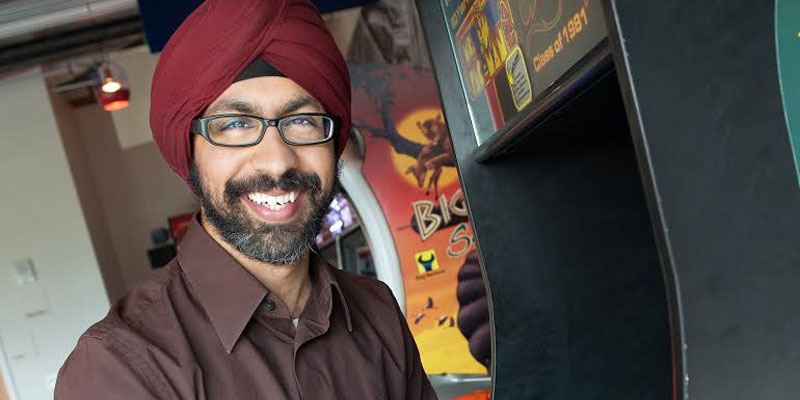Lethal Autonomous Weapons (LAWs) aka Lethal Autonomous Weapon Systems (LAWS) aka Lethal Autonomous Robots (LAR) aka Robotic Weapons aka Killer Robots aka Autonomous Anti-Personal Systems (APS) are AI, ML, NN powered Military Robots designed to select and attack military targets (people, installations) without intervention by a human operator.
Qualities / properties:
Qualities / properties:
- Operate in the air/land/water/under-water/space.
- Their autonomy is currently restricted to a human giving the final command to attack.
- Obstacle avoidance
- Trained through the equivalent of millions of hours in varied simulated environments to avoid obstacles, even when they are in motion.
- Stochastic (Random) movements
- Trained on thousands of movies of mosquitoes and other flying insects
- Can defeat any attempt to anticipate their flight patterns
- Efficient (Precise targeting)
- Able to drive the size of a projectile and propellant to a bare minimum
- Facial recognition
- It’s in your iPhone, it’s in LAW, along with parallel networks
- Able to identify targets by gait, gender, uniform, even ethnicity
- Locate themselves in space
- Has multiple self-location protocols
- Uses GPS and other proprietary technologies
- EMP-radiation-hardened
- Radiation hardening is the act of making electronic components and systems resistant to damage or malfunctions caused by ionizing radiation (particle radiation and high-energy electromagnetic radiation), such as those encountered in outer space and high-altitude flight, around nuclear reactors and particle accelerators, or during nuclear accidents or nuclear warfare
- EMP = Electro-Magnetic-Pulse
- Incommunicado
- Once a LAW gets flying, there is no way to stop it electromagnetically by jamming, spoofing, zapping, or anything else.
- Big data links
- Works with/on a consolidated host of data sets
- Using these data-servers one can reliably tie individuals to their individual characteristics for later targeting
- Examples:
- The Stinger anti-Personnel System:
- First-of-its-kind
- mass-produced
- mini-weapon
- fully autonomous
- wide-field cameras
- tactical sensors
- facial recognition
- processors that can react 100 times faster than a human
- stochastic motion (an anti-sniper feature)
- inside it are 3-grams of shaped explosives that offer just enough power to penetrate the skull and kill the target with surgical precision
- Vanguard Delivery and Breaching System:
- can carry 18 Stingers
- it arrives at a building or some other enclosed space (car, train, plane, you name it), releases its cargo, attaches to the barrier, and blows a hole in the wall or window. The Stingers can then enter the building and find their targets.
- unstoppable once released
- to target terrorist cells, infiltrate enemy compounds
- The EyeFire Target Identification System
- used to target non-predetermined target (whose faces are known & so facial-recognition won't work) like:
- threatening underground movements
- secret terrorists cells
- has a big-data processing system that can scan billions of tweets, posts, pages, videos, and anything else you can find online to identify patterns indicative of terrorist activity. It then crawls that data to identify IP addresses and GPS locations to identify the suspect posting the dangerous messages
- can also track down who the suspect is collaborating with
- SoftTouch Bot
- size of a bee
- can fly anywhere, get inside any building, hide inside any vent
- strike while the target sleeps
- can be filled with a lethal dose of the poison of your choice, and the mark left on the body will be barely noticeable, looking like nothing more than a bug bite
- used to target people who're hard to get to and even if someone can get close enough for the kill, an obvious murder can lead to greater unrest
- can also be filled with a non-lethal formula designed to merely knock the target out for some specified period of time
Live DEMO of a Killer Drone




